Balmar MC-618 regulator with SmartLink integration, first look
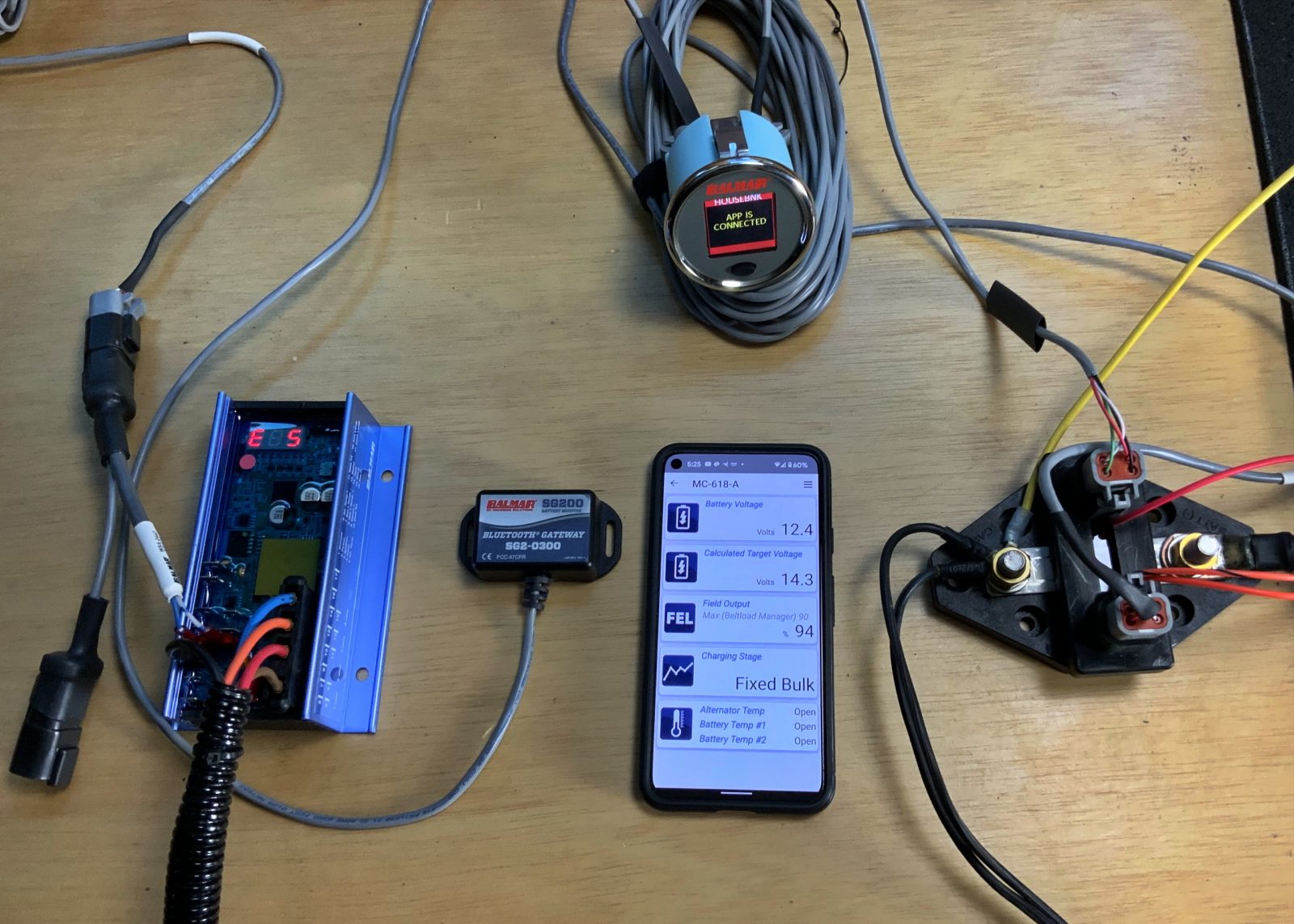
Last spring Balmar rather quietly introduced the new MC-618 regulator, but I think it’s a pretty big deal and have been pleased to see how well it integrates with their SG200 battery monitoring system. While the scene above is only a bench test, I expect the 618 to work fine on Gizmo because it’s essentially an update of the venerable MC-614 technology that’s been managing the boat’s main alternator since 2011. But configuring, fine tuning, or troubleshooting the new regulator will be a whole lot easier, plus I’ll be able to see how the charging system is performing in real time. Let’s tour this SmartLink network.
Balmar introduced SmartLink networking in 2018 along with its SG200 Battery Monitor, and as mentioned in Ben Stein’s writeup, it can handle up to 32 devices. They could be any combination of the bright 2-inch color gauges and the 12-48 volt SmartShunts, probably plus the SG2-300 Bluetooth Gateway so you can get monitoring, configuration, and firmware updates the Balmar SmartLink app (Android here and iOS here).
Now you can add one or two MC-618 Voltage Regulators to a SmartLink network and then use the SG200 gauge or the Balmar app to monitor or configure the regulator (though the latter capabilities are quite limited on the gauge). The 618 has some other new features — like the ability to throttle down charging to LiFePo batteries near their lower temp limit, and a switchable “Force to float” — but it’s mainly a 614 replacement with SG200 integration.
In fact, the MC-618 terminal layout shown at right above is exactly the same as the MC-614’s except that the SmartLink TX/RX terminals 10 and 11 used to be labeled “Factory use only.” So boaters (like me) who upgrade to a 618 can use the alternator harness, temp sensors, etc. already installed for a 614. Nice.
The actual SmartLink cables use standard male 4-pin Deutsch connectors to link the various devices, and Balmar leaves one end unassembled to make running the cable easier. I was impressed with how easily this connector design snaps together, and even bought a compatible plug kit so I can shorten up the 10-meter cables Balmar sent. They also offer 5m cables, or you could make your own.
A SmartLink network chain is built out using the dual 4-pin female sockets on the SG200 gauge, the SmartShunt, and the MC-618 SmartLink adaptor, and that leaves a free socket at each end for the Bluetooth gateway and/or more devices. There has to be at least one SmartShunt in the system because it supplies power to the gauge(s) and/or gateway.
And while neither a gauge nor a Bluetooth gateway is required, most skippers will likely want both as they have different capabilities and strengths. Also, the cost of a full network seems reasonable, with the street price of the four components on my test bench at about $650.
The 2-inch SG200 display is obviously quite readable, and it’s pretty amazing how much functionality Balmar has squeezed into the one-button interface. But it does not have the horsepower you may be used to with NMEA 2000 instrument displays (that cost as much as this whole regulator and battery bank monitor network). For instance, the gauge can only work with one SmartLink component at a time.
So in the photo upper left, button pushes scroll through five screens of real time regulator info, and to see what’s going on with the battery bank, I’d long push Exit to the device list, then scroll down to “AGMTEST” — what I renamed my single SmartShunt using the app — and long push again. (For SG200 battery monitoring screens, underlying tech, and testing see Rod Collins’ Marine How To article.)
At any rate, this technique means that you’re rarely stuck one-button scrolling through a really long list, and I eventually got quite comfortable with the little gauge. Plus, easily seeing the 618’s real time operational status is going to be useful once Gizmo’s new house bank system finally goes to work next spring.
However, I also understand why Balmar has only included two of the MC-618’s many settings on the one-button interface, as seen upper right. But just changing the battery profile or the maximum field output — the two most commonly used settings — will be easier with the gauge than the built-in reed switch and the magnetic screwdriver (still included with the 618, and again well explained by Rod at How To Marine).
MC-618 configuration is a big reason why most boaters and installers will want the SmartLink gateway and app, as you are about to see.
These screens are all from my Android Pixel 5 phone, and I also tried the Balmar SmartLink app on an iPad Pro11. They both easily paired with the Bluetooth gateway, even at 30 feet away with obstacles, and then the gateway would scan the network and produce the Device List seen above left. As with the gauge, the app works with one component at a time, except that it can scan the whole network for possible firmware upgrades (which ran without problems).
At right is the app’s real time MC-618 info page, and is equivalent to the five regulator real time screens on the gauge, though with more verbose labels. Note that this information is also shown on the 618’s tiny three character alphanumeric LED, though the labels are truly terse and the 618 will probably be installed in a hard-to-view location.
Though the left app screen only shows the 618’s basic settings, you can still do more than the gauge permits. It’s also temporarily set to show how Balmar has added a charging profile for Firefly Carbon Foam batteries, though too late for Gizmo’s previous house bank. But that’s why I have some familiarity with the many settings available in the 618’s Advanced menu — that’s just one of three Advanced screens — and thus appreciate how much easier configuration via touchscreen will be versus magnetic screwdriver. Plus, it was nice to find a 618 diagnostic mode in the app, and that you can even email the data to Balmar (or anyone) for troubleshooting.
In summation, I think that the Balmar MC-618 combined with the SG200 system is a significant step forward in marine electric power monitoring and management, and that it’s going to help me get the most out of Gizmo’s existing house bank alternator and her new Victron Lithium system.
But electric power on boats is a fast moving subject these days, and Balmar has lots of competition. Note, for instance, the other advanced regulators offered by Ocean Planet Energy. And that the Wakespeed WS500 — covered here in depth by Luis Soltero last summer — now offers CANbus integration with the same feature rich Victron Lynx BMS and Smart Lithium batteries that are going on Gizmo. (Wakespeed’s PDF description is at the bottom of their Technical Info page and clipped below.)
I also look forward to good results when Ben Stein finally has a chance to add a Mastervolt Alpha regulator and alternator to the highly integrated Mastervolt Lithium system he already installed. And who will be surprised to see more marine power innovations pop up at this fall’s boat shows?
In other words, this is a very dynamic sector and it seems likely that Balmar is already thinking beyond the MC-618. In fact, I learned yesterday that they’re working on a new version of the SmartShunt that will have an NMEA 2000 port so that important info like Voltage, Current, State of Charge, and State of Health can display on boat screen’s other than what’s now possible with SG200. Who else is delighted to have key boat power components become easier to monitor and manage?
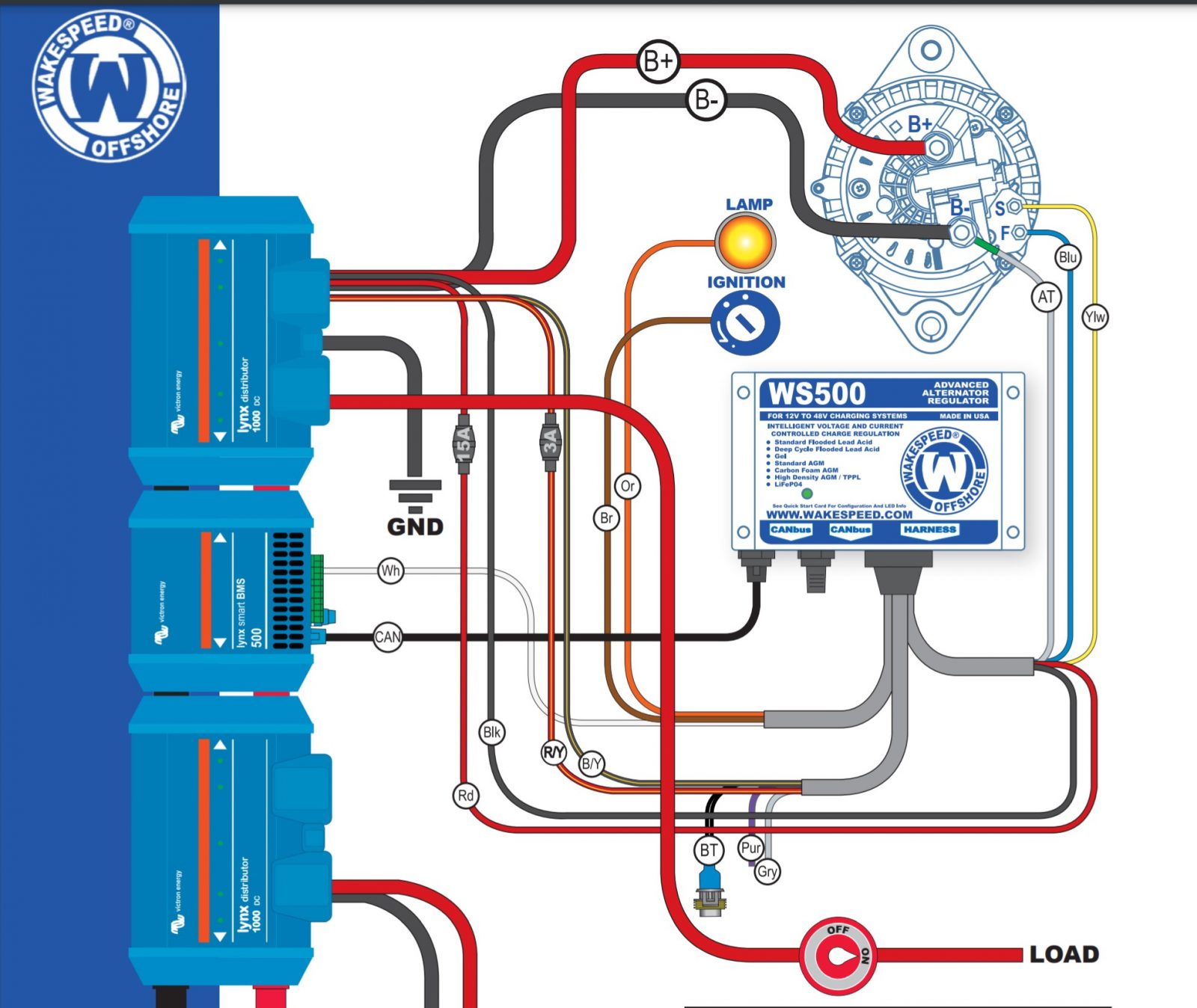


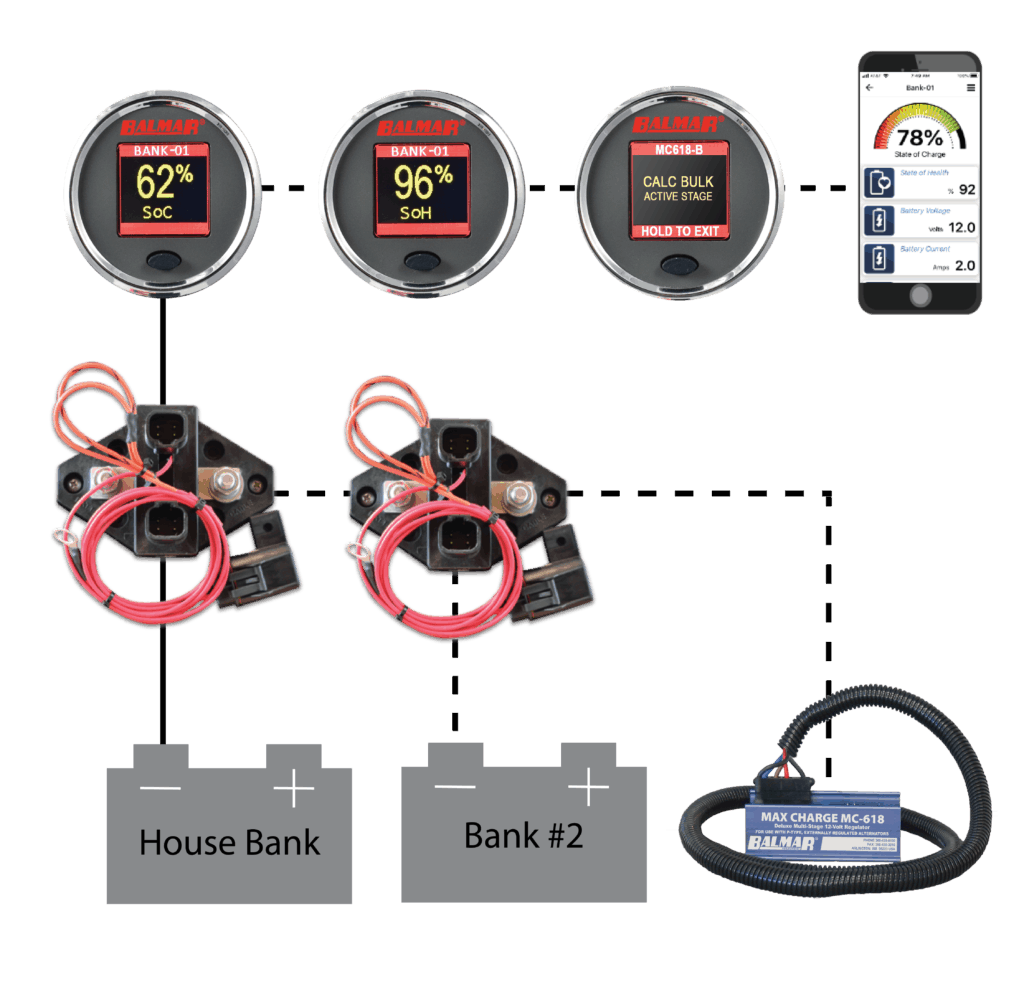
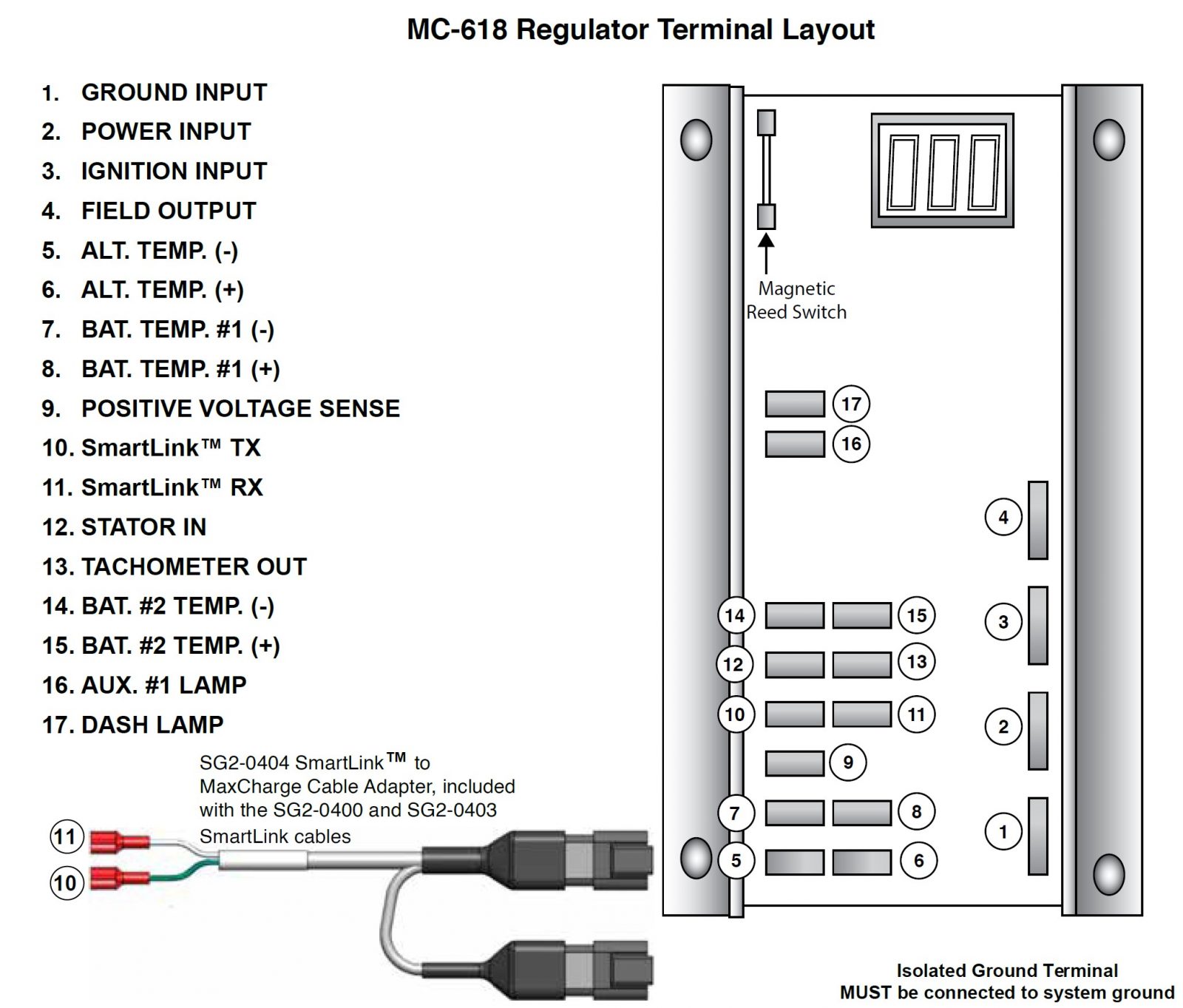
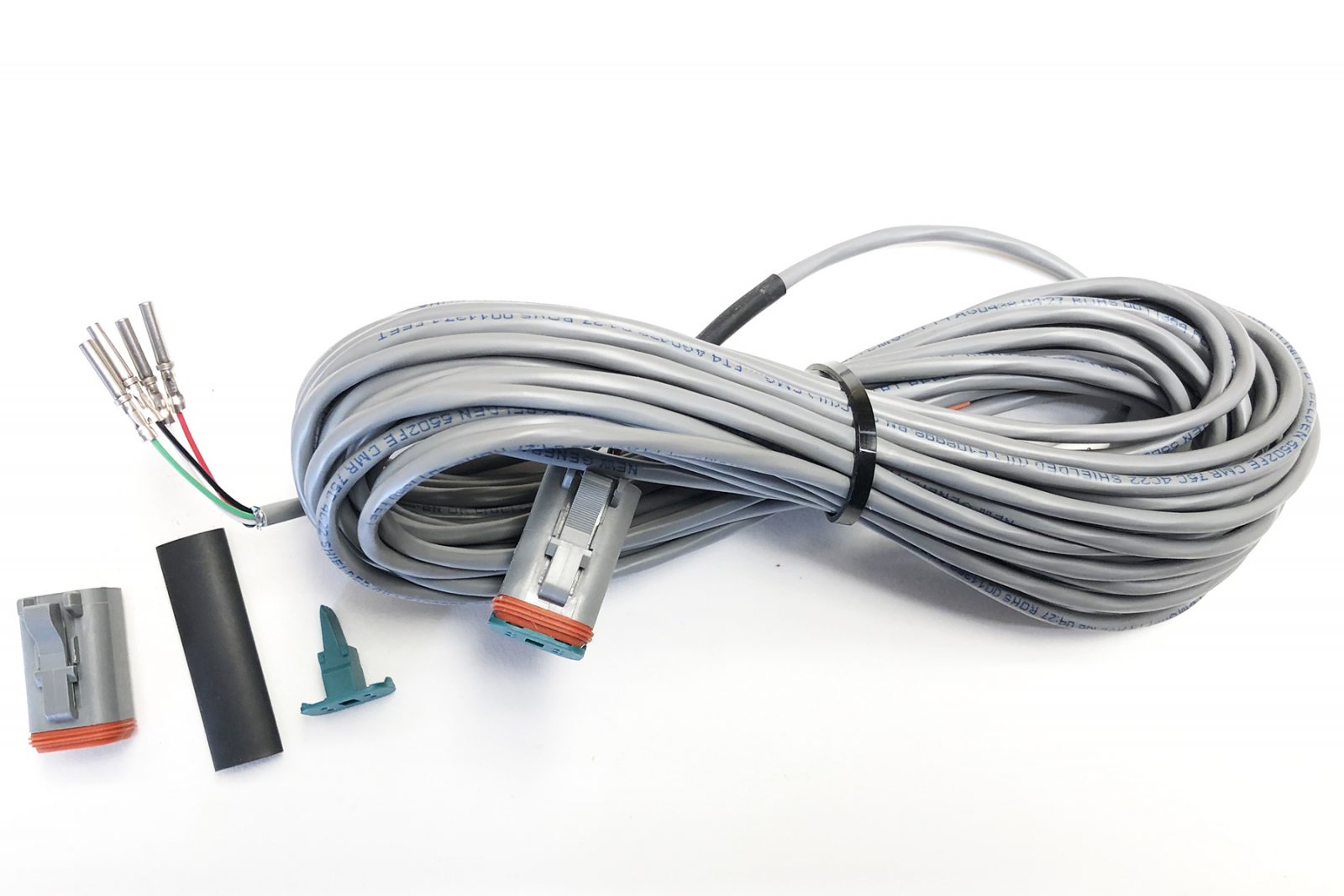
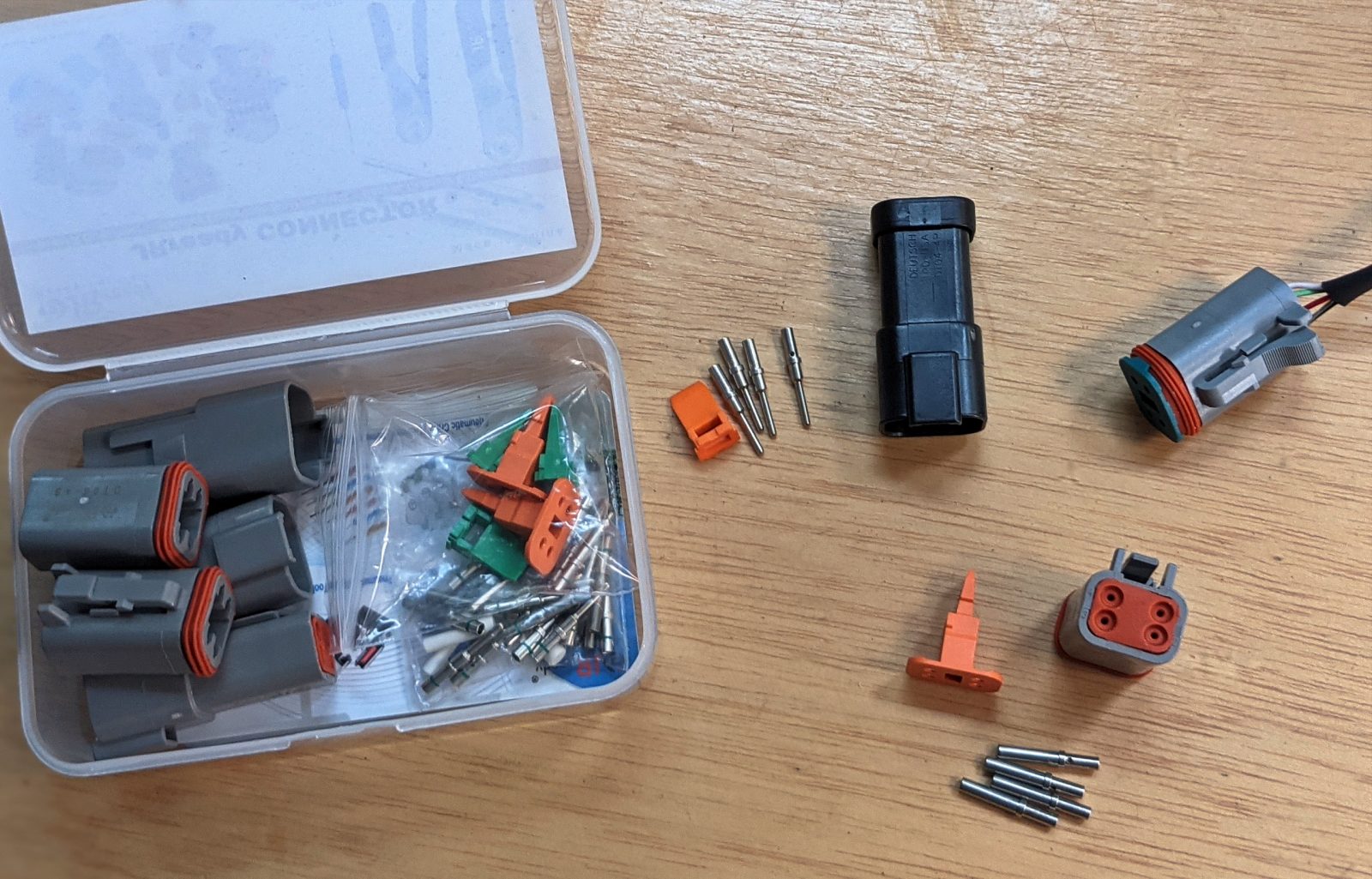
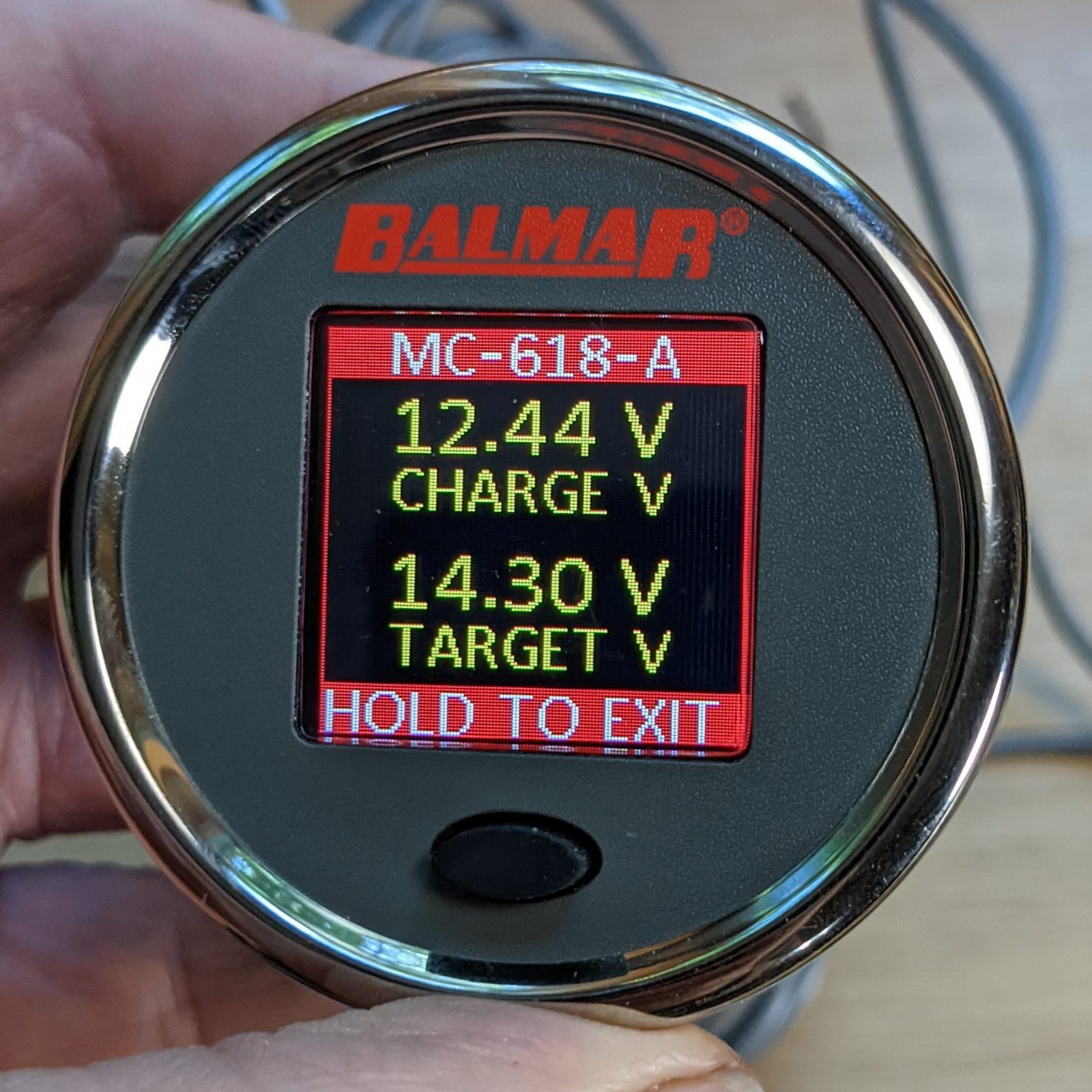
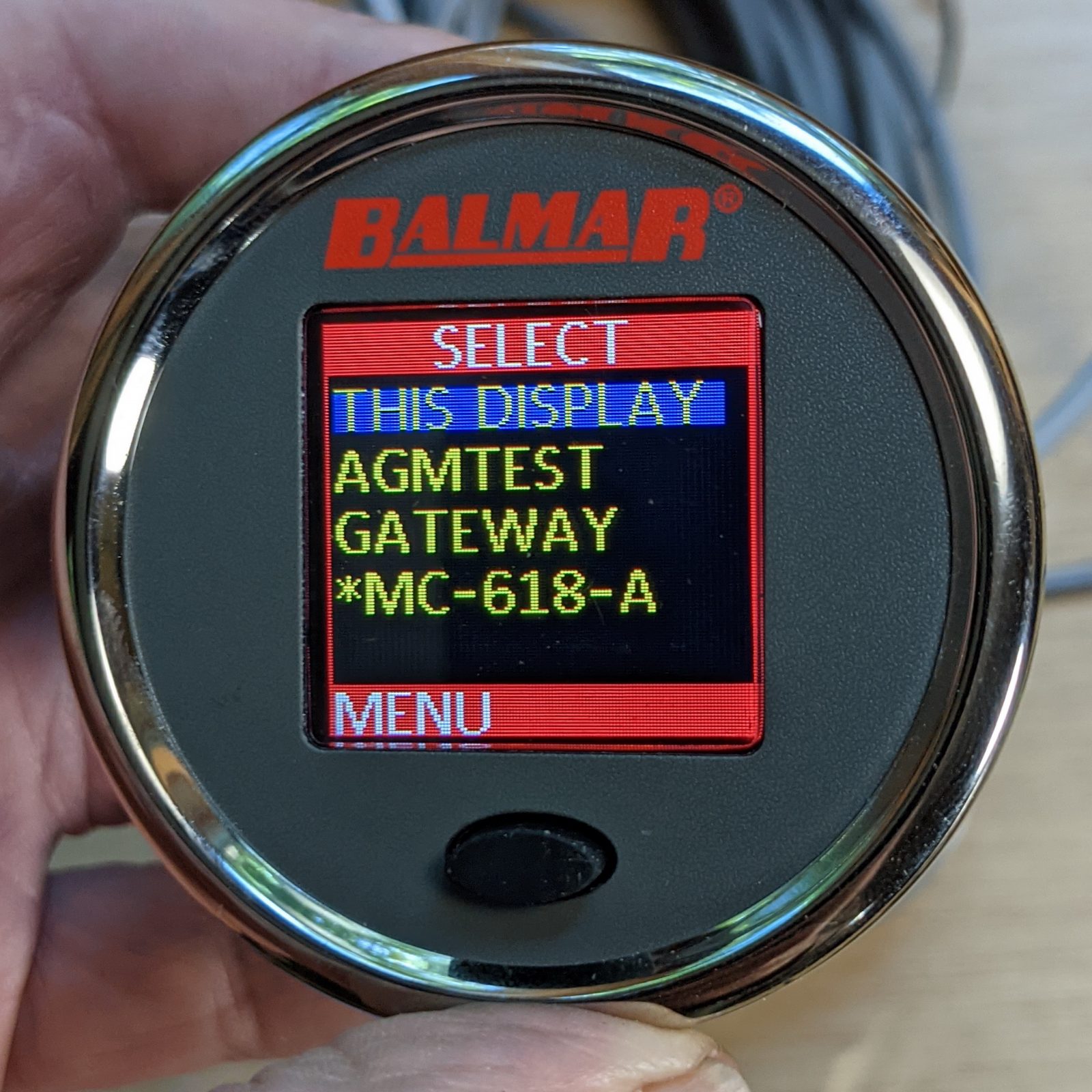


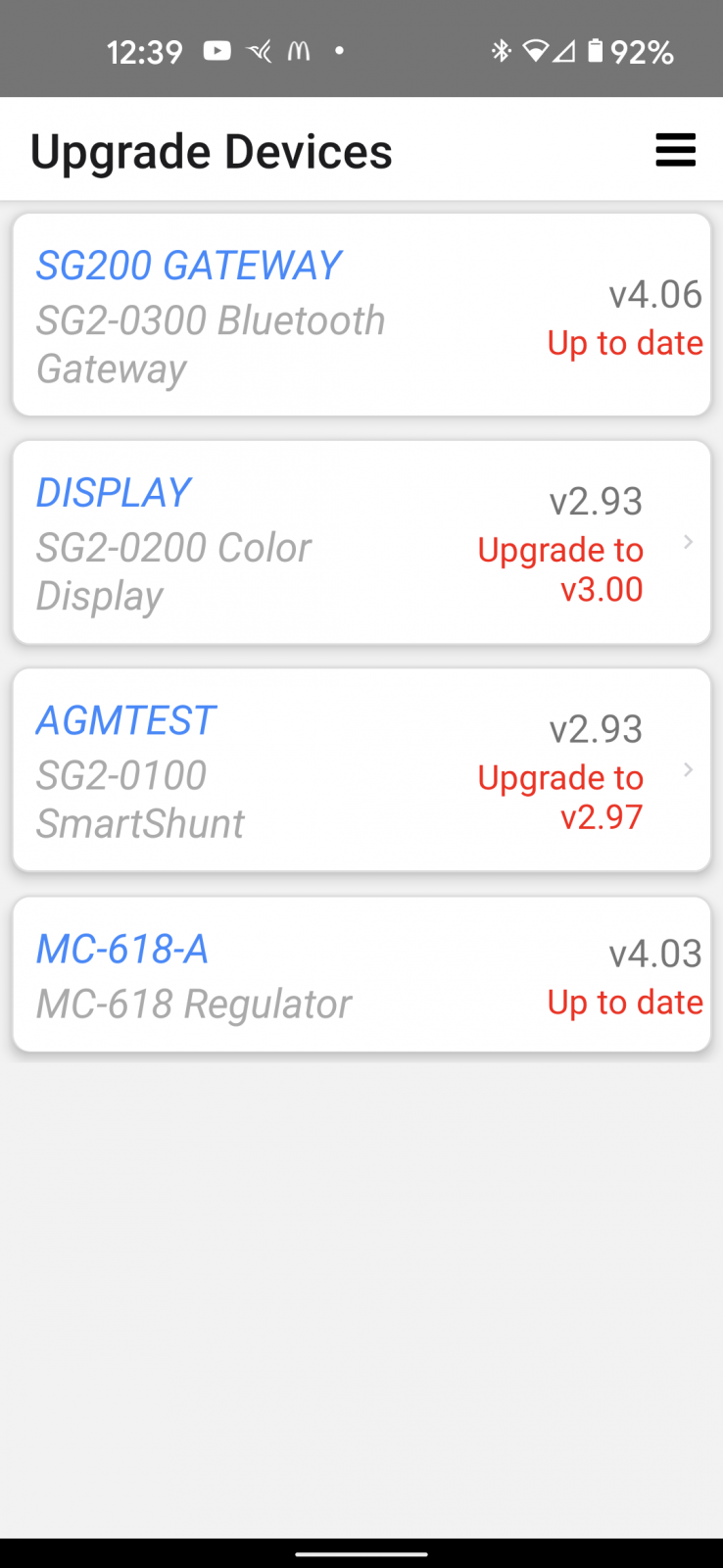
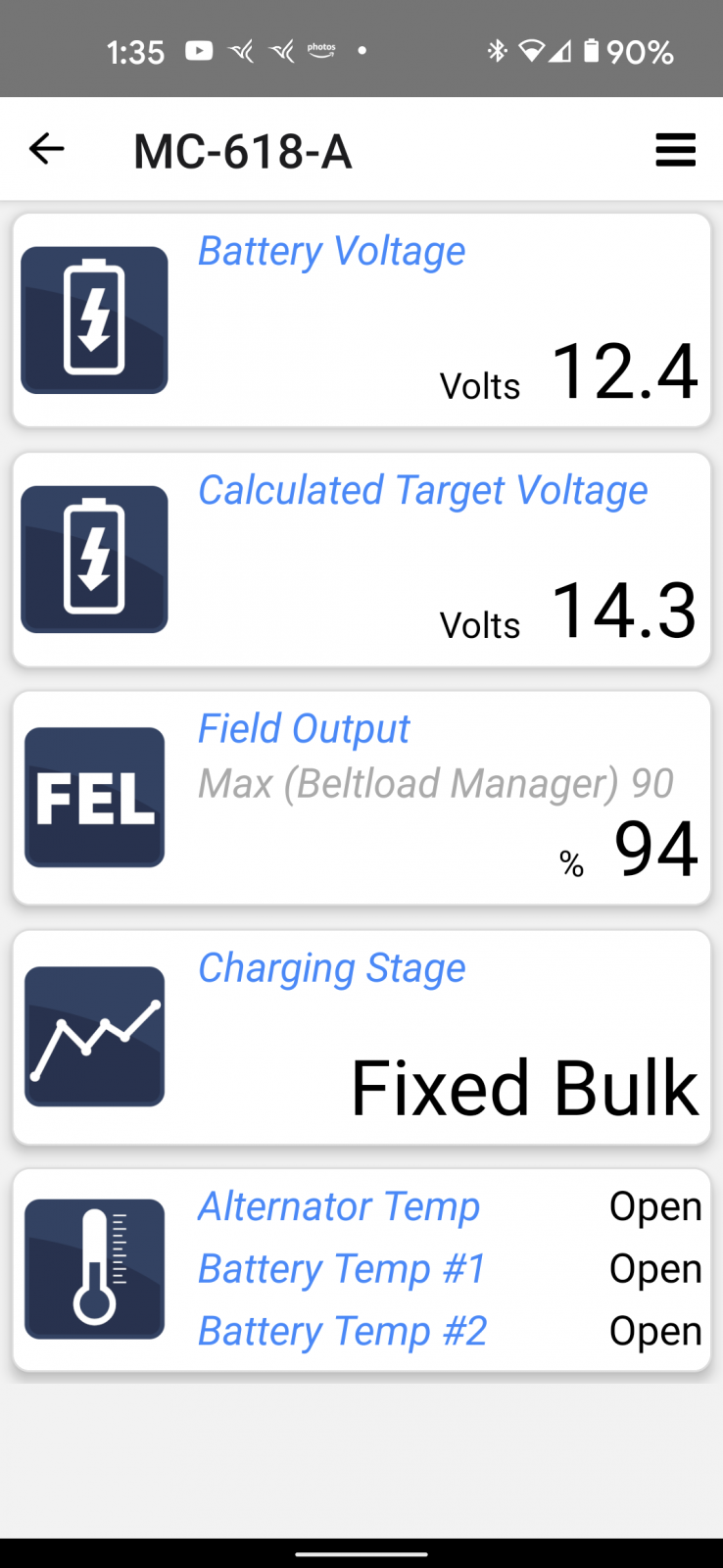
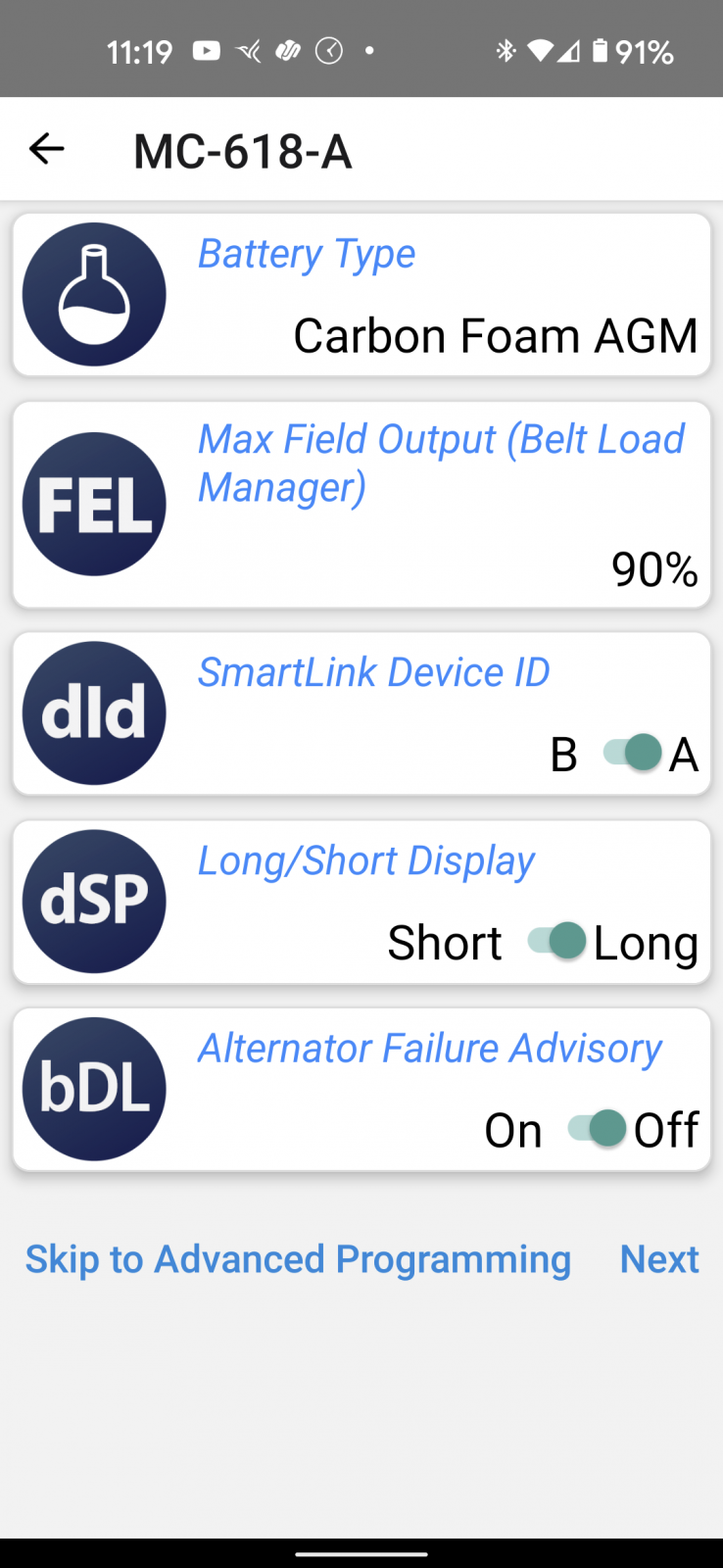
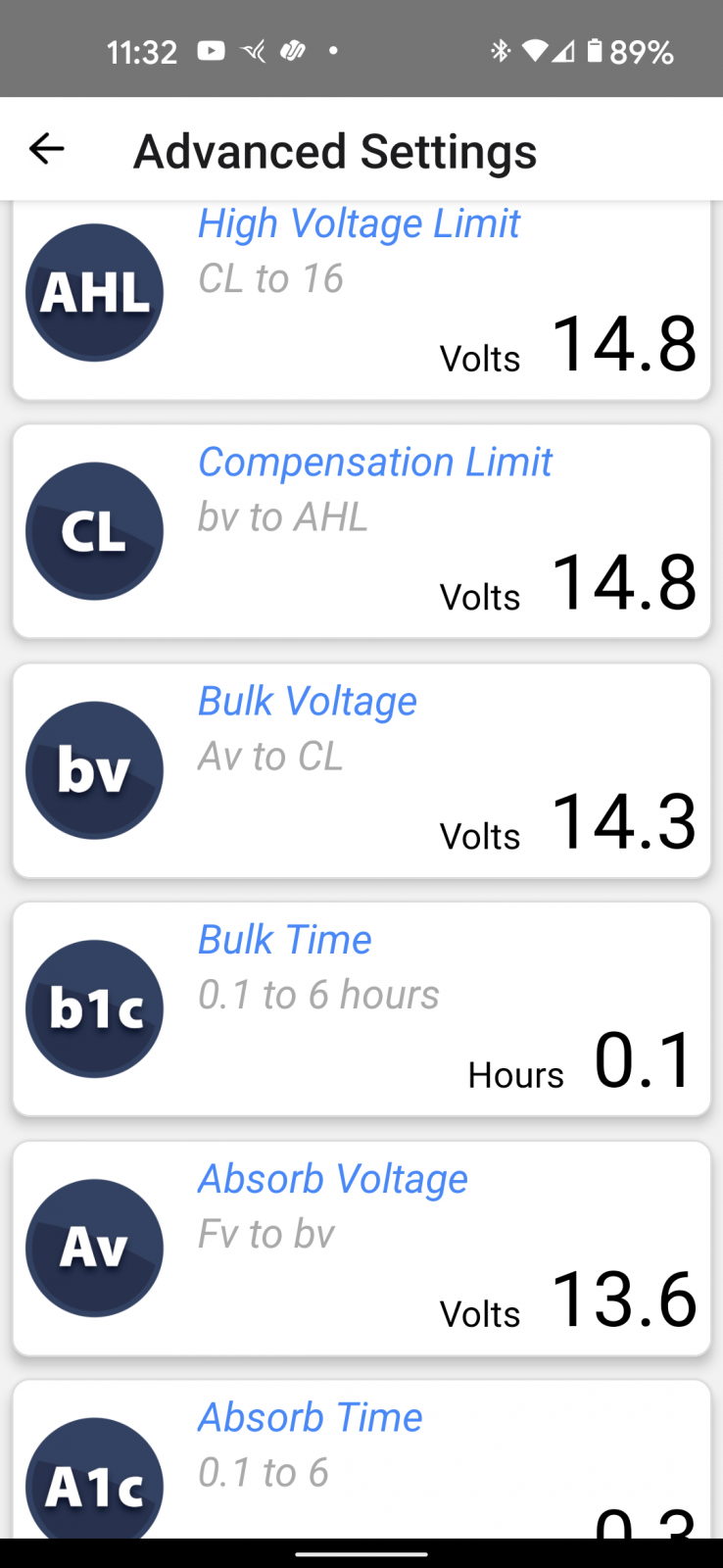












Can you tell me if the MC-618 regulator and the Bluetooth gateway can be used together, without the smart shunt and SG200 battery monitor? I’m really happy with the battery monitoring I have now (Victron BMV-712) but would love to be a be able to monitor and set my alternator regulator with my phone.
Sorry, Richard, there has to be a SmartShunt on the system to power the Bluetooth Gateway (or SG200 gauges). You can see in the photos that all components link with four wires — including a red/black power pair — except the MC-618, which only uses the data pair.
I was going to suggest that you could work around this by powering the Gateway separately but my multimeter suggests that the SmartShunt outputs 4.6v to the SmartLink network, not 12v, and so that idea seems dicey. But Balmar does offer a shunt/gateway kit — https://www.hodgesmarine.com/balsg205-balmar-sg205-battery-monitor-kit-wbluetooth-gat.html — and you’d end up with a second opinion to your BMV-712.
Ben, thanks for the update on the MC-618. On a somewhat related note- it’s been mentioned here and in other posts that you’re replacing your Firefly housebank with a new system. I think the other Ben may have mentioned you have been less than happy with the Fireflys. As I have recommended these to several others, and am getting ready to buy my own set, can we expect an in-depth analysis of what you experienced at some point? I’ve really not heard anything negative elsewhere…. Thanks!
Hi Grant, I am disappointed that my G31 Firefly bank didn’t last longer, but the story seems to be that most of them do fine but there have been some “bad batches.” That seems evident when you look through the many years of user reviews on this Cruisers Forum thread:
https://www.cruisersforum.com/forums/f14/any-two-years-reviews-for-firefly-batteries-194174.html
And it’s also what Bruce Schwab at OPE told me:
https://panbo.com/gizmos-new-firefly-battery-bank-working-out-the-details/#comment-174739
I’ll add that I used my four G31 bank quite hard, and the two remaining ones are still fairly perky.
Thanks Ben. Took me the better part of a day to read through all those posts! Amazing how much info is out there, although some of it seems very anecdotal and difficult to decipher where things went wrong in some cases… Good to hear that warranty support seems almost universally positive, however. Many thanks,
Nice to see more and more (boat parts) manufacturers realize a dynamo should be an integrated part of an energy system.
I am over 20 years satisfied with Mastervolt Alpha regulators (Masterbus versions not available at that time) and switching to a complete Mastervolt installation (including updated Alpha regulators).
Unfortunately Masterbus is a fairly closed system (everything need to be Mastervolt or something from their group), whereas Victron is more open minded.
Anyway, regardless which choice you make, ensure the dynamo charges your house battery directly with proper sized gauge wire and is connected to the energy monitoring system for power management.
Just got off the phone with Balmar, and I’m putting on two new alternators/ 618s, Centerfielder to combine them and a monitor.
They suggested the SG 210 over the SG 200 in that the 210 can be updated and the 200 not so. However, I’ll call back and see the NMEA schedule .. that would be better yet and probably worth waiting for if not too long.
Hi Larry, At first your post confused me, but then I realized that Balmar is simply suggesting having a SG200 (aka SG2-0300) Bluetooth Gateway on your new SmartLink network. Their SG200 kit is just the SG2-0200 gauge and SG2-0100 smartshunt while the SG210 adds the gateway. (But each can be purchased separately.)
At any rate, I think that all those components are available and also that they gave you good advice. Besides firmware updates, you’ll get complete MC-618 configuration and troubleshooting with the gateway and Balmar’s app.
If you’re running a Victron ecosystem on your boat, the WS500 is definitely the way to go for an alternator regulator. Latest firmware for both integrates the Wakespeed into the Cerbo, letting the system monitor and control it to precisely put out what the batteries require. All the communications happens over CANBus, making things pretty simple to wire up.
I upgraded to this system (SG200, Bluetooth Gateway and MC618) from an older Balmar regulator and Xantrex battery monitor. It’s great to be able to see how the system is performing from a phone at the helm but disappointing to see how poorly the regulator manages the transition from Absorption to Float. Best option for our system seems to be a long Absorb Time coupled with a “Force to Float” switch which I haven’t installed yet. Does anyone know it this can be a “momentary” switch that forces the transition and then the regulator stays in Float until increased load causes it to go back to Absorb? I hesitate to use a toggle switch due to the risk I’d forget to turn it off and not charge on our next run.
Not an exact answer to your question, but for switches that I think I might forget (propane or LPG for example), I use a mechanical timer switch kind of like this one: https://www.mcmaster.com/7014K48/
Might that work?
I’m considering using one to force a cool-down period for my alternator before shutting down my engine.
I use an On – Off – (on) switch , where On puts me in small engine mode (50% field regulation), and (on) for the force to float. (On) is momentary . This works great. If at the dock and fully charged we just use force to float, it will switch back to normal operation under load as specified. We also use a long absorb time to avoid early transition to float.
We use small engine mode when batteries are low, we have a cold engine and are trying to get out of port with low engine speed , this takes some alternator load of the engine. However we only have a 34hp engine which being nearly 40 years old is down on power, and I think we are over propped as idle speed is over 3 knots.
Hi Ben,
I’m installing the MC-618, smart shunt with display, and the Bluetooth gateway. My mind is boggled at how to connect the regulator to the smart shunt. The regulator came with two little green heat shrink booties over the 10&11 posts, which it says to attach the smart link green and whites too. It also said the harness is provided, but the ends have ferrules and there are 4 wires. Since there was no Deutsch connector wire included with SG200 battery monitor and shunt, I used the extra Deutsch connector to snap on the four ferrules and connect the monitor display. The Bluetooth gateway comes with a Deutsch connector, which I’ve connected to the other Deutsch input on the shunt. As you pointed out, the included harness is quite long, and I could split it up to make another with the connector snap on ends, but I’m confused as to where to connect the regulator to the other pieces. The display also has two Deutsch input spots, so maybe I put the Bluetooth gateway there? Or would I just swap the displays as desired or have to get a two-to-one splitter for Deutsch connectors. Your photo at top of page leaves out the full wire runs, which is unfortunate. Can you please advise? None of the manuals show the full diagram. Thanks!
Hi Robyn, It sounds like you don’t have the cable splitter / adaptor needed for the MC-618. It’s shown in the top photo and image #3, plus here:
https://balmar.net/product/sg200-smartlink-communications-cable-sg2-0404/
Once you have the splitter attached to the regulator, cables with Deutch connectors can go to shunt and display, then BT module to either. You can also make your own cables, as long as power and data pairs go to proper pins on all components except MC-618 which only uses the data pair.
Incidentally, this setup has been working quite well on Gizmo this last year, and is great for seeing how our main alternator is working with the new Victron lithium battery bank, and opitimizing performance.
Follow up question. Have a Balmar 618 that I recently installed on our Krogen 48 trawler (house bank of 10 6v wet cell batteries in series/parallel). Programmed the regulator for wet cell batteries. Been underway away from the grid for a few days. When we start out the alternator puts out a good 130 amps (it’s a large case until the Victron monitor shows we are down to -105 Ah and then drops to float (12.8 volts) and never recovers. Even with solar pumping in amps (as much as 35 amps during mid-day), the deficit climbs to 110 Ah. This is with normal equipment operating (house loads, autopilot, plotters, etc.). I’m going to contact Balmar again, but thought I’d put this out here and see what suggestions others may have. Thanks.
Tim, I think it’s quite possible that your 618 is going into float mode because your battery bank is full and the actual issue is battery monitor inaccuracy regarding state of charge. In my experience, Victron and other such monitors have trouble keeping an accurate amp hour count, especially when solar panels are in the mix.
But you’re in luck as Ben Stein just posted an article about how to get the best accuracy from a Victron:
https://panbo.com/installing-and-configuring-a-victron-battery-monitor/
Thanks Ben. You are most likely correct but we anchored about an hour ago and I’m already seeing 12.49 volts. In the past (I had an older Xantrex regulator made my Balmar) even with some house loads I’d be at 12.6 or so at this point. Guess it could also be the batteries. They are 4 years old but have been well maintained and not “stressed” beyond normal usage. I’ll read Ben Stein’s article. Thanks for the help.
Well, that doesn’t sound good. But you can try adjusting the Balmar settings and I note that one section of Rod Collins’ comprehensive how-to is called “Avoid Premature Float” ( https://marinehowto.com/programming-a-balmar-voltage-regulator/ )
Also, I don’t know if you’ve tried adjusting the 618 with the magnetic pen but the SG200 gauge is a whole lot easier, and the app even more so. Plus you get to see the results in realtime without trying to decipher the 618’s tiny LED and you’d also end up with a second opinion about the battery bank’s SOC.